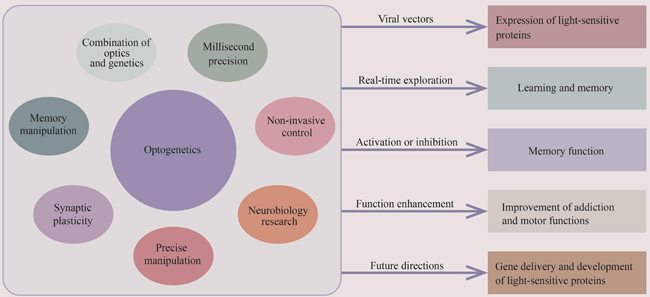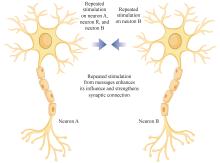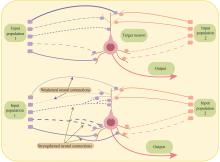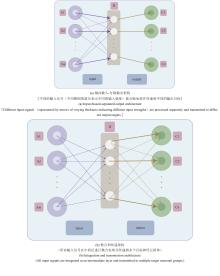|
||
|
Research on the application of optogenetic tools in learning and memory
Synthetic Biology Journal
2025, 6 (1):
87-104.
DOI: 10.12211/2096-8280.2024-042
Optogenetics represents an advanced technology that facilitates precise control of gene expression and neuronal activity in living cells through light. Introduced by neuroscientist K. Deisseroth in 2005, this methodology has transformed neuroscience research, empowering researchers to modulate excitable tissues and neural circuits with exceptional spatiotemporal accuracy. Optogenetics necessitates the expression of light-sensitive proteins, including channelrhodopsins, halorhodopsins, and various microbial opsins, within specific cells. Employing viral vectors and tissue-specific promoters, these proteins ensure targeted expression. Exposure to designated wavelengths of light permits these proteins to activate or inhibit cellular activity, thereby modulating neuronal behavior. The implementation of optogenetics has significantly enhanced comprehension of learning, memory, and neural plasticity. This technology enables the examination of the molecular dynamics associated with synaptic plasticity, long-term potentiation (LTP), and long-term depression (LTD), which are pivotal for memory. Real-time manipulating of specific neuronal populations can elucidate the intricate neural circuits involved in these phenomena. Additionally, optogenetics has facilitated the exploration of potential therapeutic approaches for neurological conditions such as Alzheimer’s disease by meticulously controlling memory-associated circuits. The utility of optogenetics transcends fundamental research, yielding promising prospects in addiction to studies and motor function enhancement. By modulating distinct neural circuits, it is possible to alter addiction-related behaviors and augment motor functions. Furthermore, the amalgamation of optogenetics with cutting-edge technologies like artificial intelligence and deep learning is anticipated to refine stimulation protocols, resulting in more precise and efficacious experimental outcomes. Notwithstanding its transformative capacity, the clinical application of optogenetics encounters significant obstacles, including the requisites for safe and effective gene delivery systems and the formulation of light-sensitive proteins with optimal characteristics for applications in human beings. Future investigations should concentrate on surmounting these hurdles while expanding the applications of optogenetics in neuroscience and related fields. The integration of optogenetics with multidisciplinary approaches is poised to unveil new realms in brain research, yielding profound insights into mechanisms governing memory, learning, and neural plasticity.

Fig. 5
Artificially inserted memories and actual memories are encoded by the same neural circuit[
Extracts from the Article
如图5所示, Franklandet等研究人员采用光遗传学技术,在小鼠脑中成功实现了这一过程,通过激活特定的记忆相关神经元,在没有相应经历的条件下插入了记忆,这种实验表明可以在大脑中人为创建记忆印迹,并提供了一种在时间和空间上独立操作细胞级记忆形成的方法。在训练阶段[图5(a)],常规通过同时呈现条件刺激(CS)和非条件刺激(US)来建立条件反应;同时,通过光遗传学激活特定神经元模拟了这种联合呈现,从而展示了记忆的人工激活方法。在测试阶段[图5(b)],研究仅呈现条件刺激(CS)以测试记忆的回忆或反应,观察小鼠是否能在缺少非条件刺激的情况下回忆起先前的经历。脑部成像部分[图5(c)]捕捉刺激前后大脑结构活动的变化,特别是在关键的记忆形成区域如前额皮层和海马区。图5(d)和图5(e)展示训练和测试阶段不同脑区的活动水平变化,其中红色线条和灰色阴影分别代表平均活动水平和变异范围,揭示记忆激活的神经基础。最后,部分通过测量细胞体积的变化来具体评估记忆编码的效果[图5(f)、图5(g)、图5(h)],条形图清晰显示了对照组和实验组之间的显著差异,证实通过光遗传学激活的记忆与自然形成的记忆在神经活动上的相似性[114]。
Other Images/Table from this Article
|




